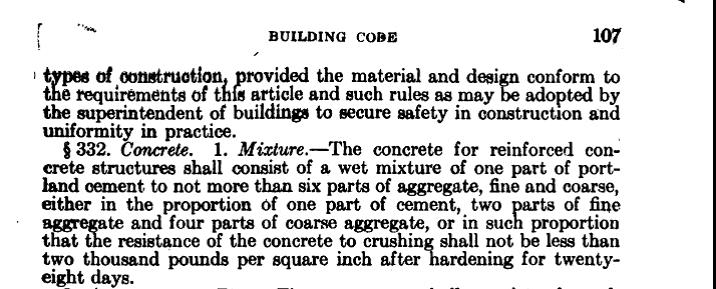cgstrucg
Structural
- Mar 21, 2018
- 135
Hello,
I have a project in which I want to check the strength of existing slab and reinforce if it is failing with new loads. Project is a concrete slab in NYC, North America. As that existing slab was made in 1930's I have no way of knowing what was it's strength back then. Does anyone have any idea regarding this? I know the range is between 2-4 ksi but what was the most commonly used strength and what type of concrete was used in NYC region in 1930's.
Thanks.
I have a project in which I want to check the strength of existing slab and reinforce if it is failing with new loads. Project is a concrete slab in NYC, North America. As that existing slab was made in 1930's I have no way of knowing what was it's strength back then. Does anyone have any idea regarding this? I know the range is between 2-4 ksi but what was the most commonly used strength and what type of concrete was used in NYC region in 1930's.
Thanks.

